If you are a resident of Downingtown or regularly visit its local parks, specifically Kerr and Kardon, you may have witnessed a man in a gardening hat and sunglasses diligently cutting away “pesky invasive plants” during his spare time. Meet Rick Webb, a man who loves gardening so much that he has gained a cult following on Facebook for frequently being spotted at the parks doing what he can to keep invasive species at bay and identifying valuable native plants. Although he is usually armed with sharpened pruners, loppers, and hand saws, Rick means you no harm unless you’re an Amur Honeysuckle. Currently, Rick is one of the leading members of the Downingtown Tree Commission, a regular volunteer at the Restore Our Roots planting events, and a retired horticulturist that has written his own manuscript on gardening with native plants. If you ever have the honor to talk with him, you learn three things about him right away. He knows his native plants and ecological landscaping practices, he is a calm and friendly individual, and he is proud to let you know that he was originally from Illinois. With the Spring weather awakening the landscape in the county, we requested Rick for a tour of his native plant haven in the borough. Although surprised by our request, he happily obliged to show as around.
Although Rick only has a quarter of an acre to work with, he has managed to pack a range of evergreen and deciduous native plants into this space. Every tree, shrub, flower, ornamental grass, vine, and groundcover can be found in the Pennsylvania landscape. Most of it purchased from a variety of local native plant nurseries in Chester County, but he mentioned some conventional nurseries will offer naitve species amongst their larger inventory of exotics and non-natives. The Webb residence contains the usual native plant species found in many residential native gardens including Butterflyweed (A. tuberosa), Purple Coneflower (E. purpurea), and Winterberry (I. verticillata) as well as some more unique natives such as Hazelnut (C. americana), Sweetbay Magnolia (M. virginiana), and Virgin’s Bower Clematis (C. virginiana). As we learned about the list of species on the property, we found there was intentional variety in function and appearance: evergreen year-round for appearance and wildlife sheltering, possessing male and female plants for both flowers and to promote berrying, and much more. Even though Rick has been a professional horticulturist for many years, he is not a fan of the traditional garden design that includes corner-planted evergreens, rounded shrubs, mounds of dyed mulch, and a sea of emerald lawn. Instead, the majority of Rick’s yard space has been given to his numerous large, perennial gardens with just enough lawn to allow visitors to weave around the densely planted beds.
Most homeowners would begin to question the amount of time Rick spends on his yard with how many plants and gardens he has, but there are a few things he wants to tell readers. One point is that native plant gardens require far less maintenance than those using non-native ornamentals and annuals. Watering is only necessary every few weeks during the first year of planting and only during drought periods after that initial year. Mulching, with shredded branches and prunings, only occurs in areas where groundcovers haven’t expanded to or reserved for potted natives that have not received a home yet. Although he contends with rabbits and deer, most of the plants have grown large enough to withstand browsing; only his vegetable garden and potted natives receive the protection of wire fencing. Overall, it becomes easier to expand gardens and add more dense areas when working with native plants because of their low maintenance, but they will require occasional dividing and transplanting. You will eventually be giving away plants from your own yard once you can’t give up any more lawn.
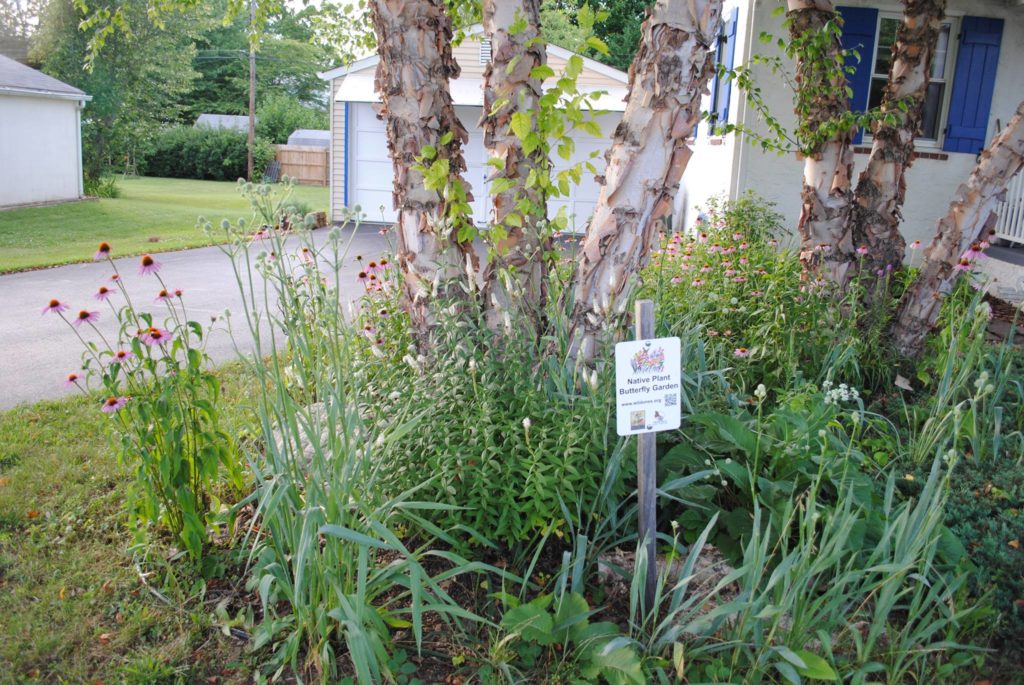
After hearing this, you’re probably asking how a new native plant gardener gets started to have a yard like Rick, right? As we appreciated the sights and smells of the property, Rick supplied bits and pieces of lessons learned, design considerations, and ended the visit with a summarized process to relay to readers of our newsletter.
Lessons and considerations:
- Learn and understand the space you want to plant including: size, light, and moisture
- Spend time researching for suggested plants for the site and know their mature height and width
- Know the reproduction tactic of species to get berries: dioecious vs. monoecious vs. bisexual
- Diversely plant: deciduous and evergreen, woody plants and perennials, and year-round activity
- Non-native, non-aggressive plants are okay, but more natives will bring wildlife
- Never plant invasive species, instead remove any pre-existing invasive species
- Be patient with developing your gardens; do not overcrowd and correctly space each individual
- Use soft manual maintenance before mechanical and/or chemical maintenance
- Garden conditions will change as larger plants grow and expand; be flexible to change
Process:
- Learn your property’s layout, conditions, and existing plants
- Utilize educational resources to decide on priority species, suggests Doug Tallamy
- Utilize educational resources to learn basic landscape design principles
- Plant 1 – 3 shade trees, plant at least one on western-side of the house if space allows
- Plant 2 – 3 small trees/large shrubs, be sure space can accommodate mature size
- Plant 3 – 5 small shrubs, be sure space can accommodate mature size
- Plant around trees and shrubs with clusters of perennials and grasses to keep weeds at bay
- Water more in first year, then water only during drought periods
- Utilize clippings and offspring to grow and maintain gardens
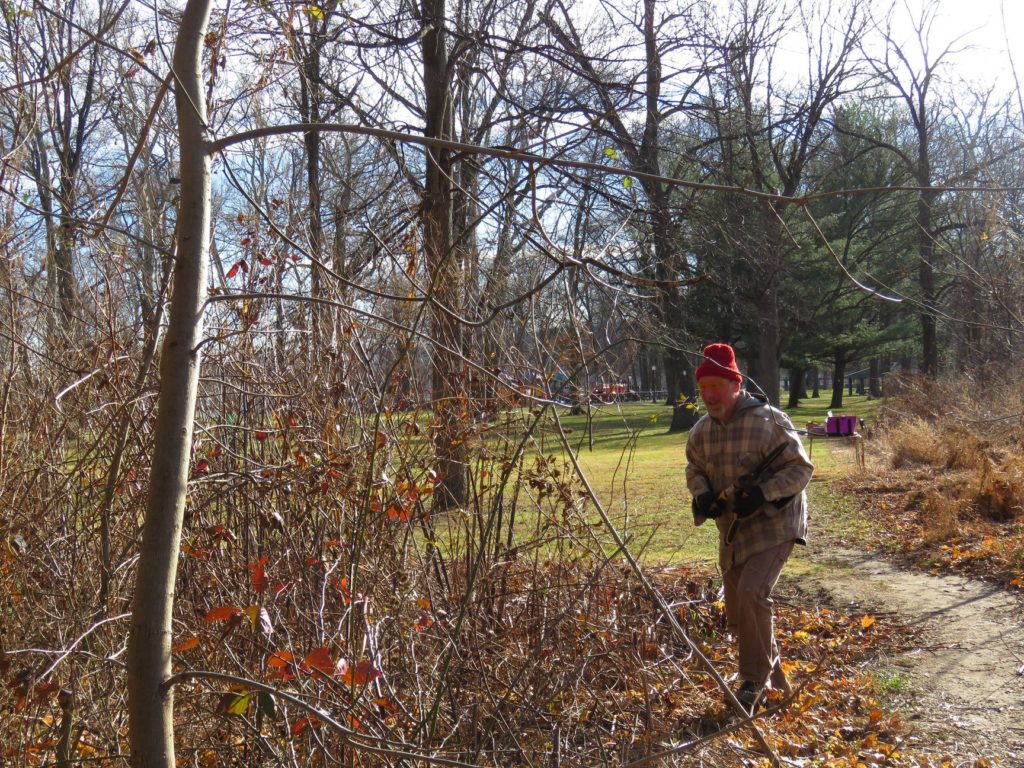
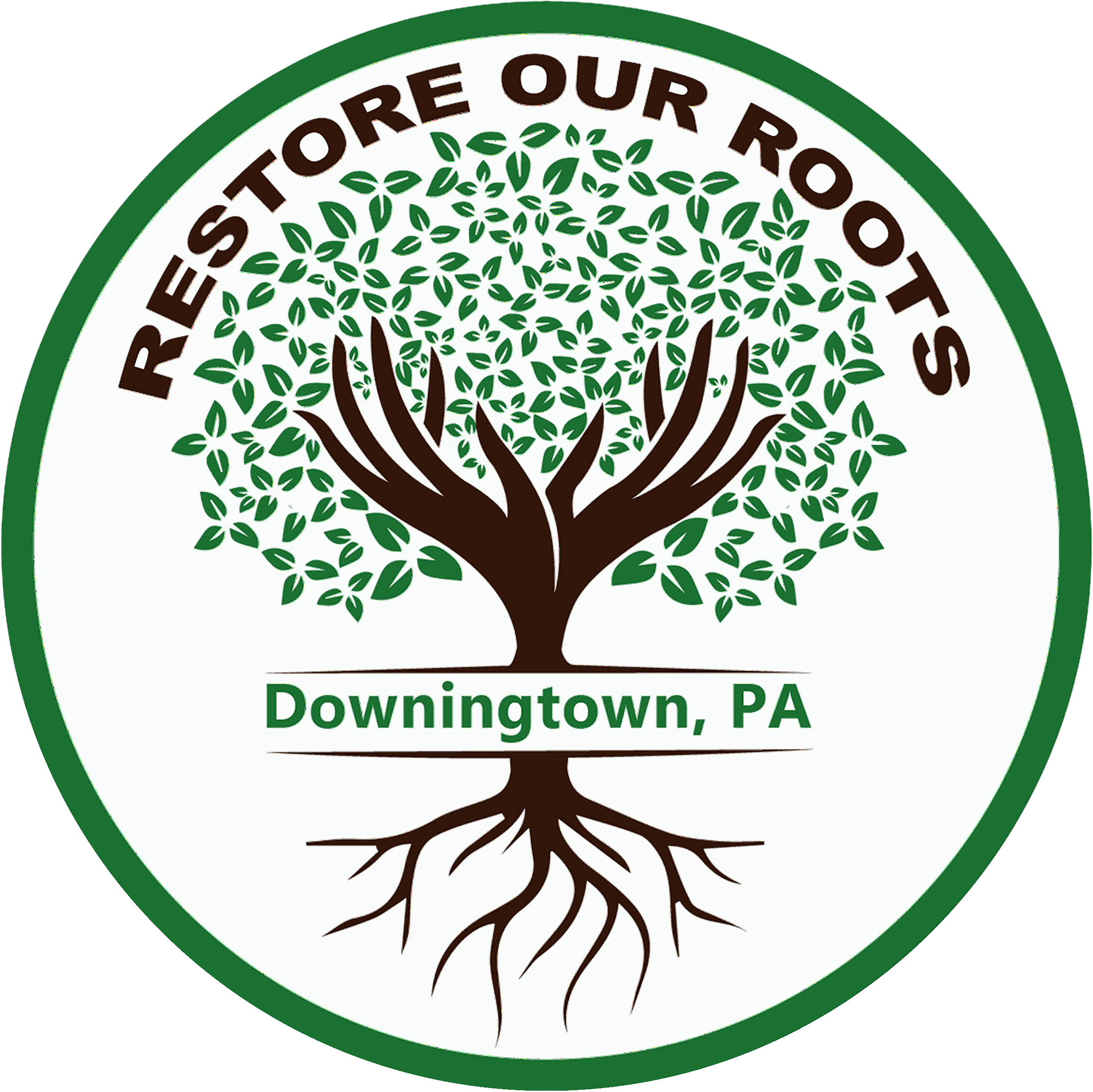
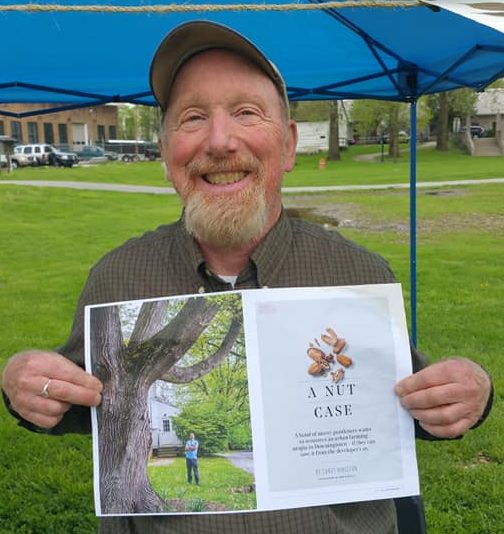
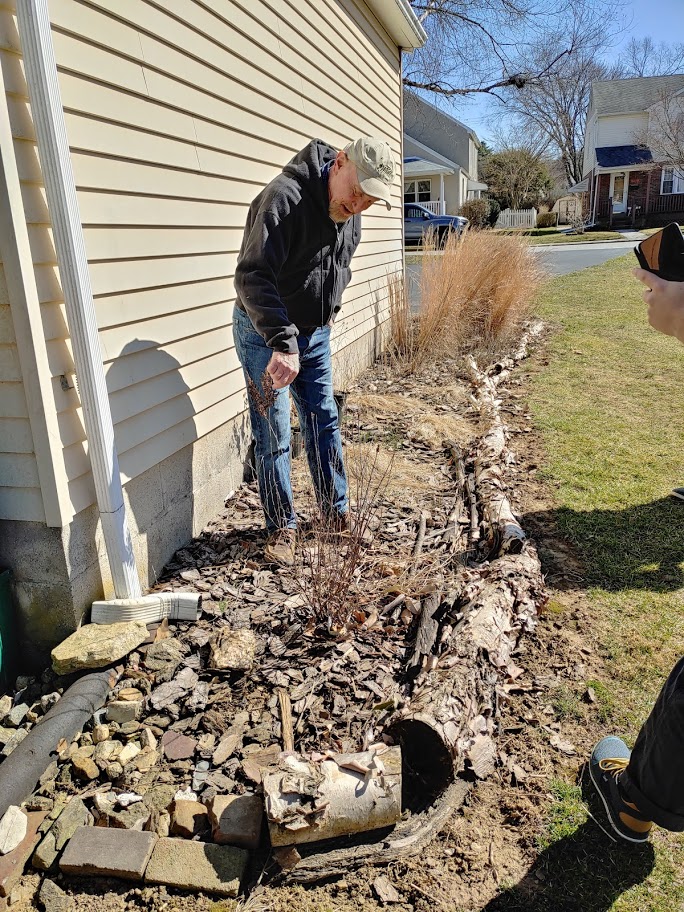
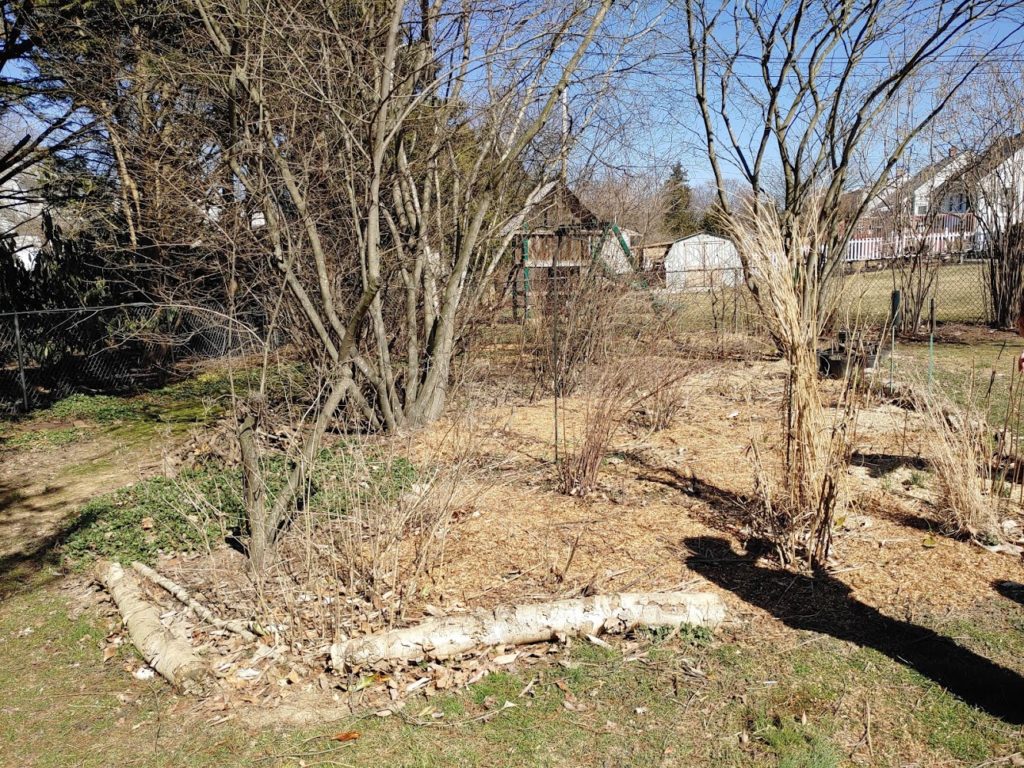
Man after my own heart!
Long may you run,
Eunice Alexander
West Goshen